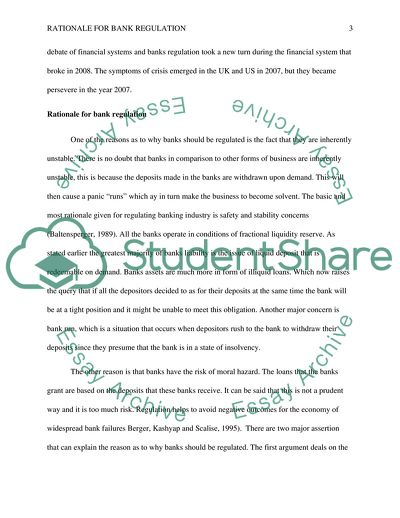Cite this document
(Bank Regulation Essay Example | Topics and Well Written Essays - 2750 words, n.d.)
Bank Regulation Essay Example | Topics and Well Written Essays - 2750 words. https://studentshare.org/finance-accounting/1874923-bank-regulation
Bank Regulation Essay Example | Topics and Well Written Essays - 2750 words. https://studentshare.org/finance-accounting/1874923-bank-regulation
(Bank Regulation Essay Example | Topics and Well Written Essays - 2750 Words)
Bank Regulation Essay Example | Topics and Well Written Essays - 2750 Words. https://studentshare.org/finance-accounting/1874923-bank-regulation.
Bank Regulation Essay Example | Topics and Well Written Essays - 2750 Words. https://studentshare.org/finance-accounting/1874923-bank-regulation.
“Bank Regulation Essay Example | Topics and Well Written Essays - 2750 Words”. https://studentshare.org/finance-accounting/1874923-bank-regulation.


